Painful reality
The situation of trading in counterfeit and poor quality goods and violating food safety in Vietnam is becoming increasingly complicated, especially in areas directly related to public health such as medicine, milk and functional foods.
According to the National Steering Committee 389, in the first 4 months of 2025 alone, authorities handled more than 34,000 violations, prosecuted nearly 1,400 criminal cases with more than 2,100 defendants. These are alarming numbers, reflecting a painful reality in market management.
Associate Professor, Dr. Ngo Tri Long, economic expert. Photo: Le Anh |
The underlying cause of this situation can be viewed from many perspectives:
Firstly, due to huge profits and low production costs, many subjects have defied the law to produce and trade counterfeit goods. Especially in the field of functional foods, the regulations on self-declaration mechanism under Decree 15/2018/ND-CP are being seriously abused.
Second, the management and post-inspection mechanisms still have many loopholes, allowing many poor quality products to slip through the net. Inspections are mainly reactive, lacking proactive monitoring tools.
Third, the strong growth of e-commerce and social networks are becoming the main distribution channels for counterfeit goods, as digital platforms still do not strictly control the activities of sellers.
Fourth, the current sanctions are not enough of a deterrent. The profits from violations are too large compared to the fines, causing many people to accept risks for their own gain.
Fifth, consumer awareness is still limited. Many people still prioritize low prices and lack the skills to distinguish between genuine and fake goods.
In addition, the role of digital platforms in facilitating counterfeit goods is becoming increasingly evident. According to statistics in 2024, the number of violations on e-commerce platforms increased by 266% compared to 2023, showing increasingly sophisticated exploitation. Common forms of violations include brand counterfeiting, false advertising, hiring KOLs to market poor quality products, causing damage to both consumers and legitimate businesses.
Moving from short-term campaigns to long-term strategies
Faced with this situation, the Prime Minister issued Official Dispatch No. 65/CD-TTg on launching a peak period to fight against and repel smuggling, trade fraud, counterfeit goods, and intellectual property infringement. The figures in the campaign show certain efforts. Information at the working session of the Prime Minister with ministries, branches, and central agencies to assess the work of combating smuggling, trade fraud, counterfeit goods, intellectual property infringement, and origin of goods in the first months of 2025 and the direction and tasks for the coming time showed that there were 34,000 violations, more than VND 4,897 billion collected for the budget, and nearly 1,400 prosecutions in the first months of the year. However, the effectiveness is still not commensurate with expectations when recidivism is common, and many networks are still operating with increasingly sophisticated tricks.
Market management forces inspect at Saigon Square. Photo: Khanh An |
Therefore, short-term campaigns need to be transformed into long-term strategies with key solutions:
First, tighten sanctions and criminal prosecution of e-commerce platforms that violate the law. E-commerce currently accounts for more than 8% of the country's total retail revenue (estimated at 24 billion USD in 2024), but many platforms still do not effectively control the source of goods.
According to a report by the Ministry of Industry and Trade, up to 35% of products sold on platforms do not have complete information about their origin, while the removal of infringing products is still slow. The 2015 Penal Code (amended) clearly stipulates that organizations and individuals who take advantage of digital platforms to consume counterfeit goods can be prosecuted, with a prison sentence of 1-5 years (Articles 192 and 193). The draft revised decree on e-commerce in 2025 proposes a fine of 10-50 million VND for platforms that do not fulfill their obligations to verify sellers and trace their origins. In cases of serious violations, platforms can be suspended for up to 36 months. Raising the level of sanctions and applying criminal sanctions is not only a deterrent but also forces platforms to shift from a "turning a blind eye" model to proactively controlling the quality of goods.
Second, applying digital technology in product authentication and monitoring. Technology is the key to creating a sustainable “technical barrier” against counterfeiting. Currently, many large enterprises have begun to deploy smart stamps, but they are not yet popular in the entire market. The Ministry of Industry and Trade is coordinating with the Ministry of Science and Technology to deploy a new generation of electronic anti-counterfeiting stamps, integrating QR codes, NFC chips, and blockchain encryption technology, helping consumers to trace the origin with just one touch on the phone.
Third, perfect the legal framework and inter-sectoral coordination mechanism. The revised Law on Consumer Protection (2023) has created a new legal corridor for controlling e-commerce, but it is necessary to strengthen enforcement with more detailed regulations: Add regulations requiring e-commerce platforms to provide seller data and transaction history when requested by authorities.
Strengthening the management of sales via social networks, especially livestream, which is expected to account for 15% of e-commerce transactions in Vietnam by 2025 (estimated by the Department of E-commerce and Digital Economy). Establishing a permanent coordination mechanism between the following forces: Market Management, Economic Police, Customs, Specialized Inspectorate, and Provincial People's Committees.
A typical coordinated model is currently being tested in Ho Chi Minh City and Hanoi, showing a 30% increase in the number of detected violations compared to the previous decentralized approach.
Fourth, strengthen warning communications and build public awareness. One of the factors that causes counterfeit goods to persist is the lack of information and vigilance among consumers.
According to a survey by the Institute for Brand Strategy Research (2024), 1 in 3 online consumers have purchased counterfeit or poor quality goods. It is necessary to invest in building an online counterfeit early warning center, integrating AI chatbots for automatic responses, and consumer feedback applications, with direct links to the market management force's reception system. Encourage digital media, social networks, and KOLs to participate in the campaign to identify counterfeit and genuine goods, especially focusing on high-risk areas such as pharmaceuticals, cosmetics, functional foods, and electronics.
Fifth, the responsibility of businesses and consumers. Anti-counterfeiting is not only the responsibility of the State but also requires the cooperation of businesses and consumers. Businesses must proactively register trademarks, apply traceability, anti-copying technology and monitor input and output supply chains. For consumers, it is necessary to change the habit of buying "cheap regardless", prioritize choosing official channels, check authentication codes and immediately report to authorities when detecting signs of counterfeit goods.
The peak of the fight to prevent and repel smuggling, trade fraud, counterfeit goods, and intellectual property infringement is a strong first step, but to prevent counterfeit goods sustainably, a long-term overall strategy is needed, transforming the short-term into the long-term, from campaigns to institutions, closely combining strict sanctions, modern technology, inter-sectoral coordination, community communication, and social responsibility. In a rapidly developing digital economy, this is not only a matter of trade, but also a matter of trust and national security. |
Associate Professor, Dr. Ngo Tri Long - Economic expert
Source: https://congthuong.vn/cuoc-chien-chong-hang-gia-can-the-che-va-cong-nghe-391670.html


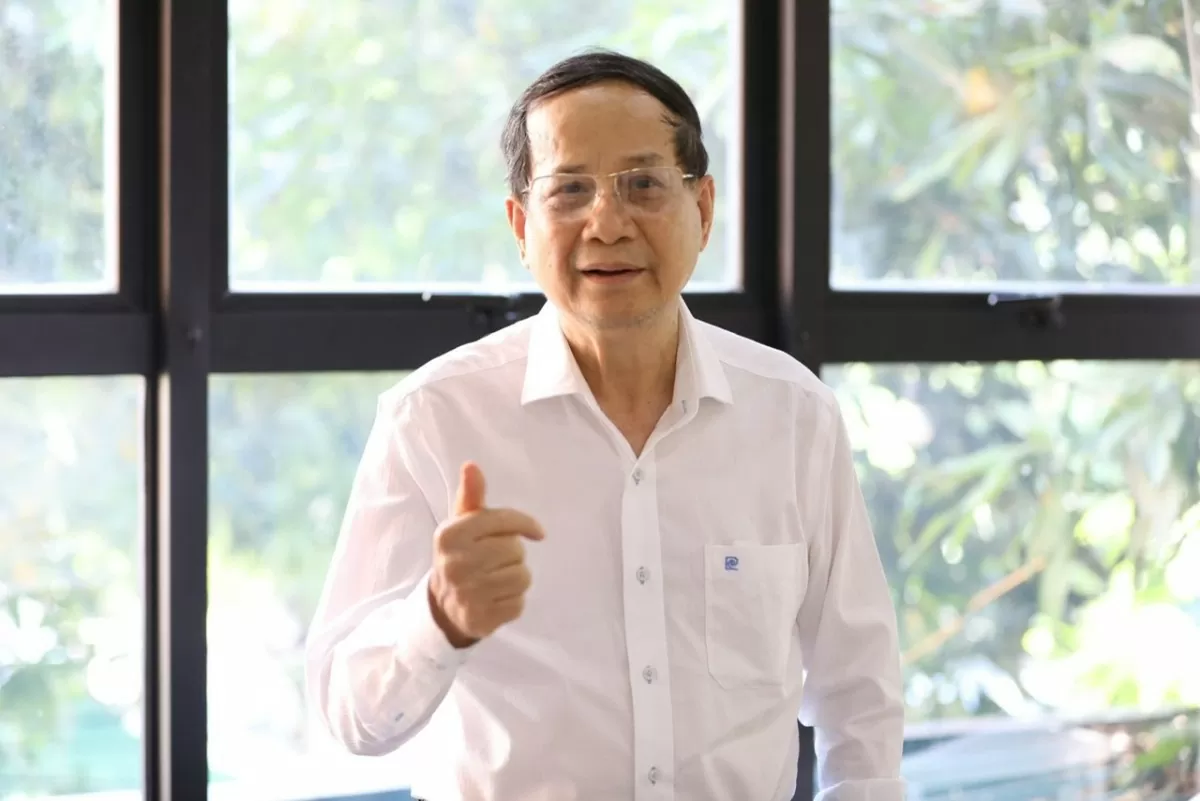
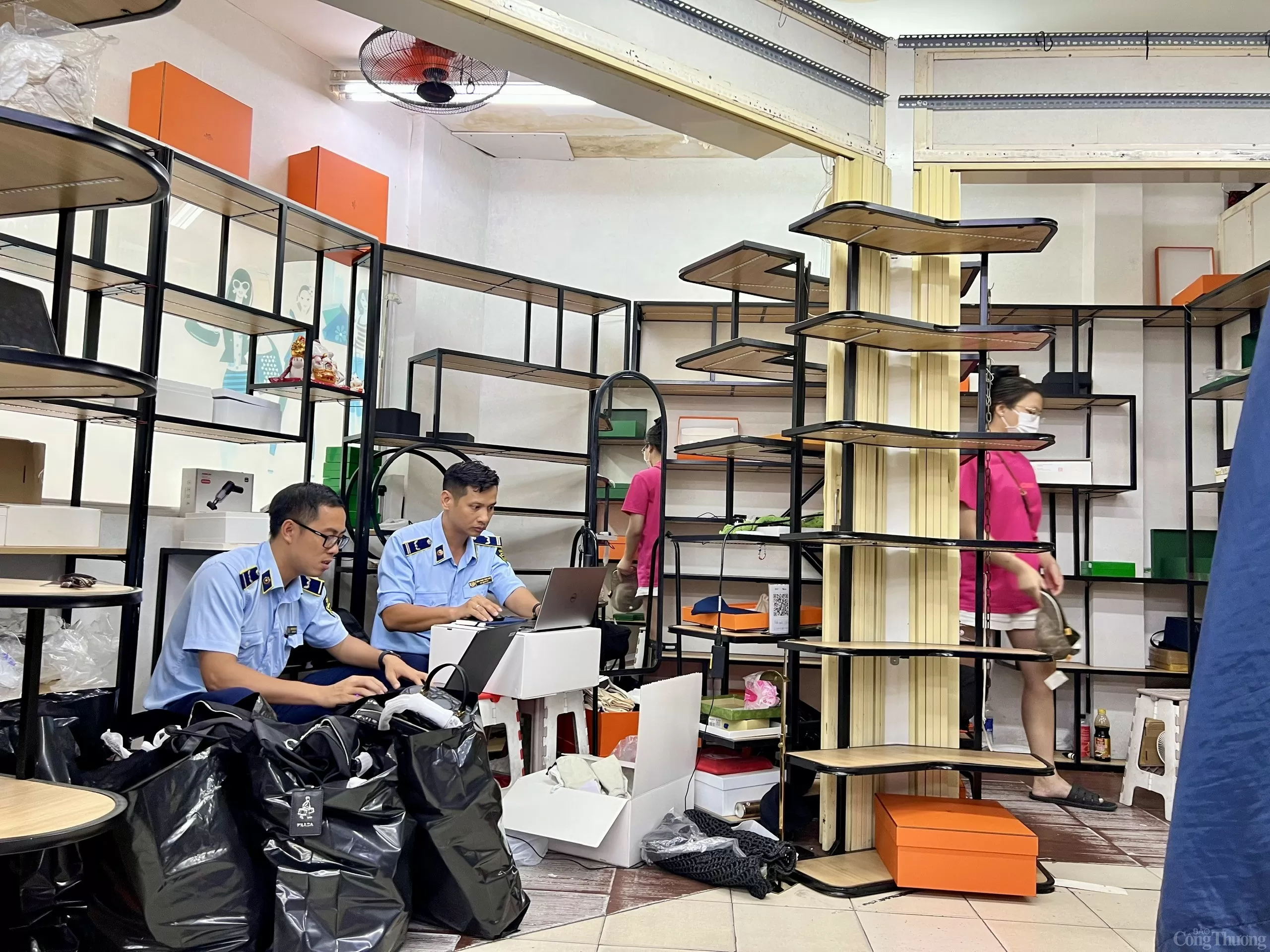
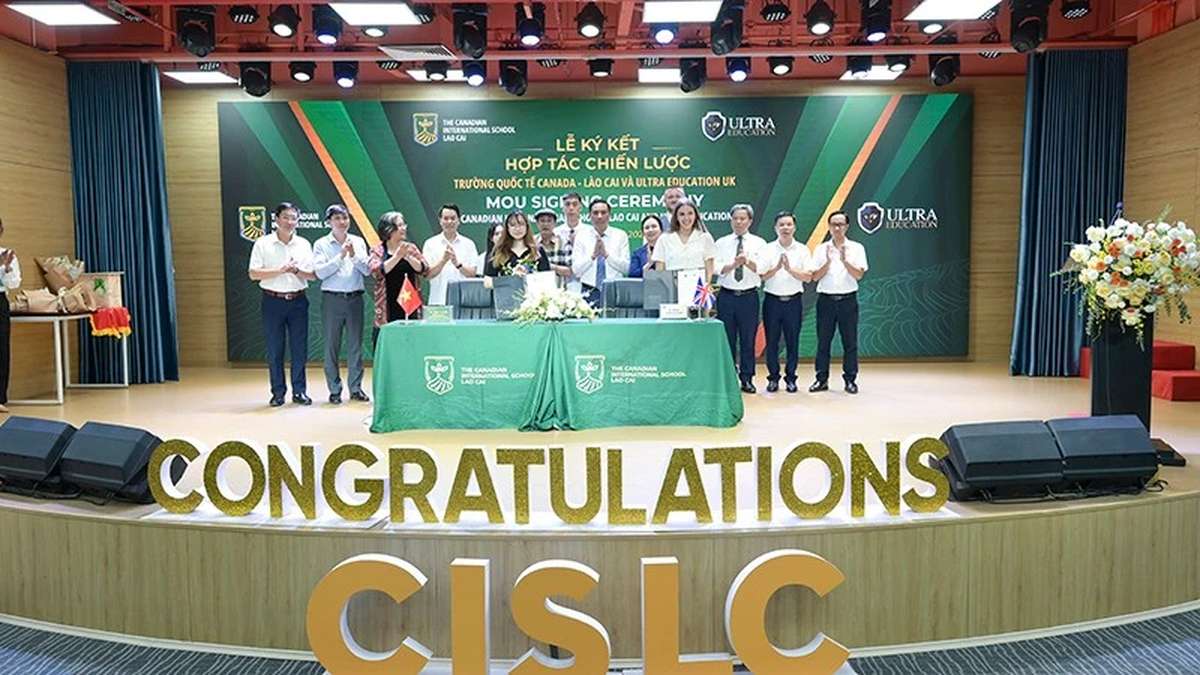
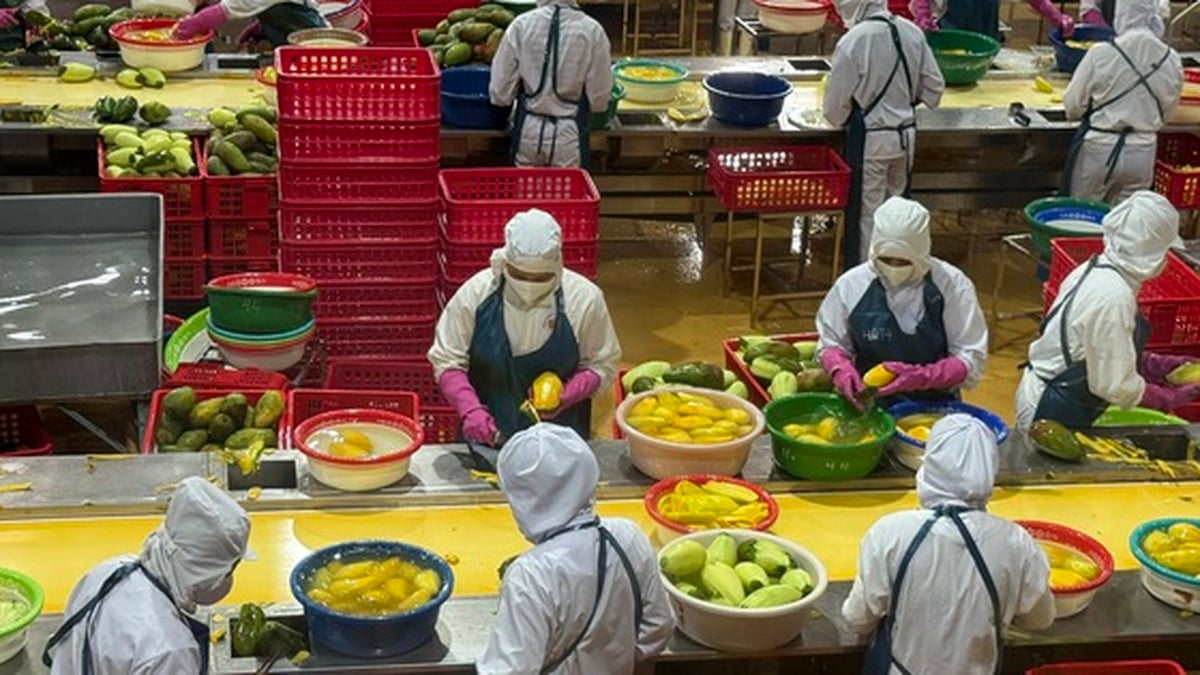





















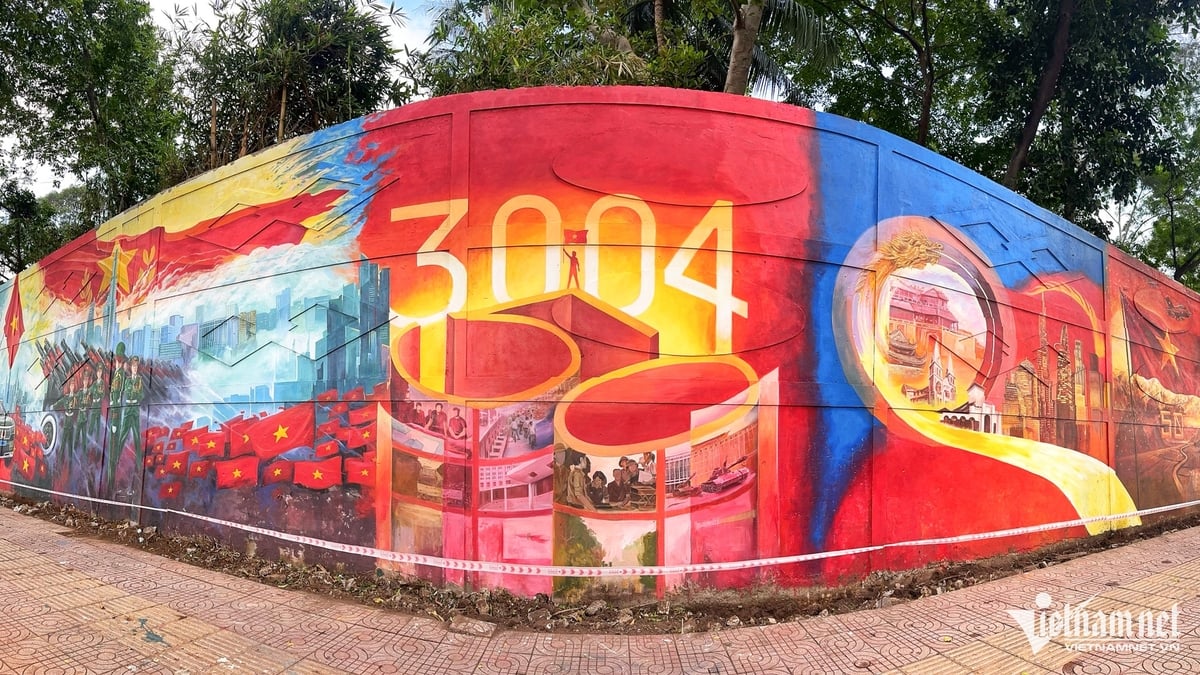




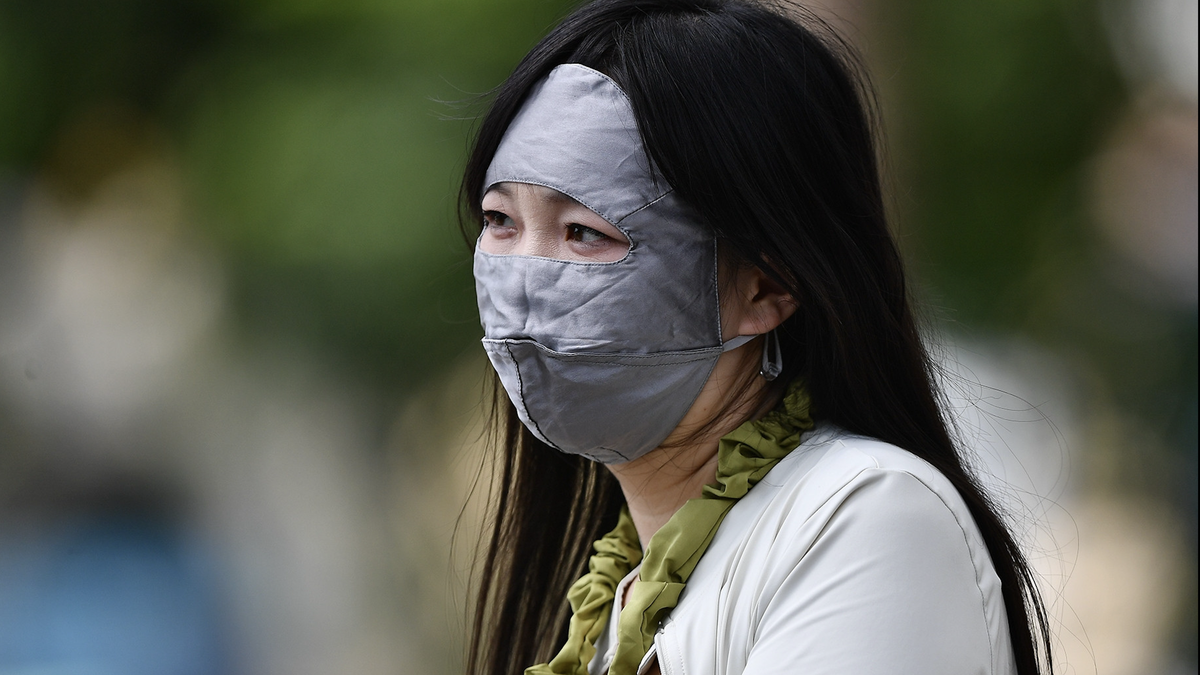





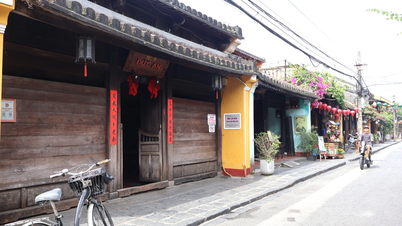


















![[Maritime News] Two Evergreen ships in a row: More than 50 containers fell into the sea](https://vphoto.vietnam.vn/thumb/402x226/vietnam/resource/IMAGE/2025/8/4/7c4aab5ced9d4b0e893092ffc2be8327)










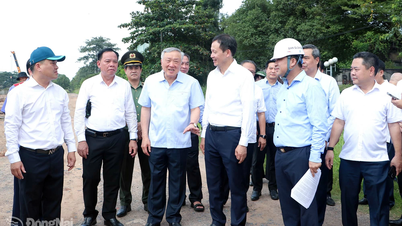







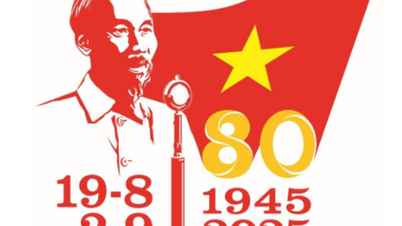

























Comment (0)